Build fractional reasoning skills with this set of 16 task cards.
Use this set of task cards to easily implement number talks into your classroom.
Number talks are meant to be short, daily, math activities that allow students to have meaningful and highly engaging conversations about math. Simply show students the front of the card, and ask the prompts on the back. These exchanges will lead to the development of more accurate, efficient, and flexible strategies for students.
This card set is a great teaching resource designed to help students begin to understand and think productively about fractions.
Print out the task cards front and back so that the prompts are displayed on the back of each card. The cards can also be put on a ring for added convenience.
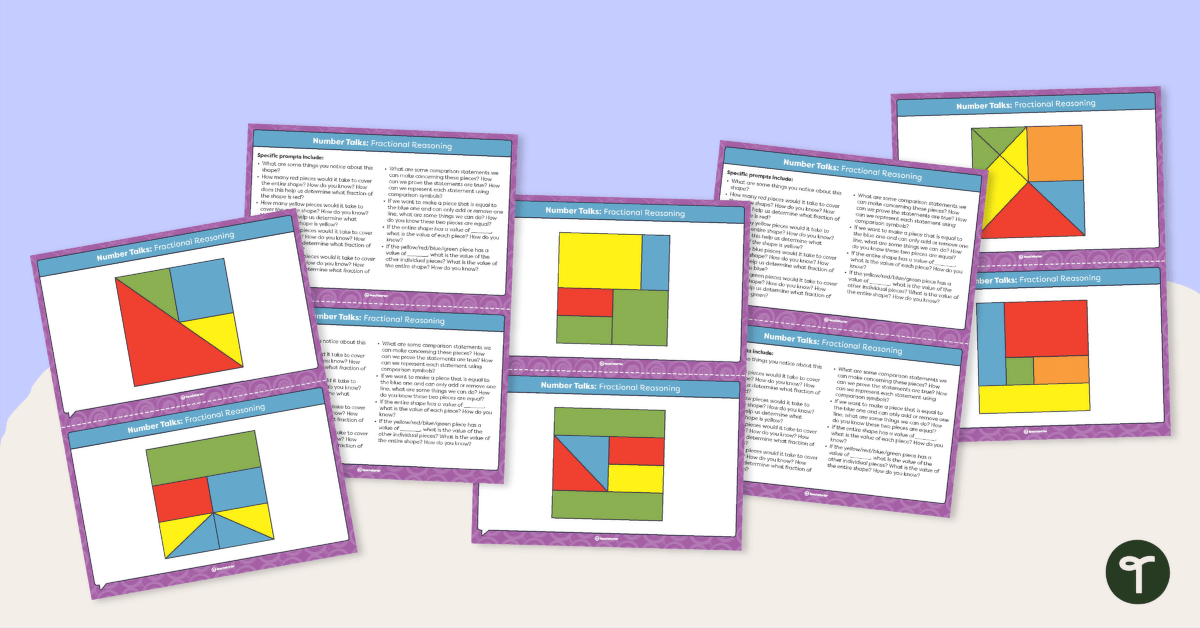

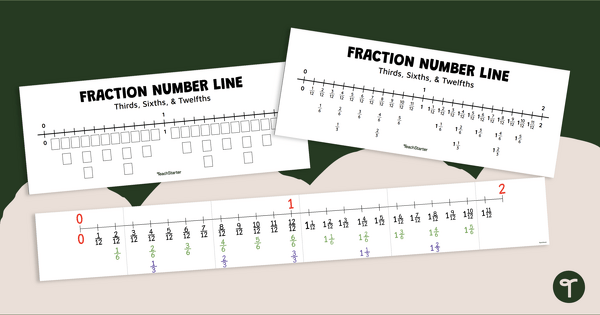
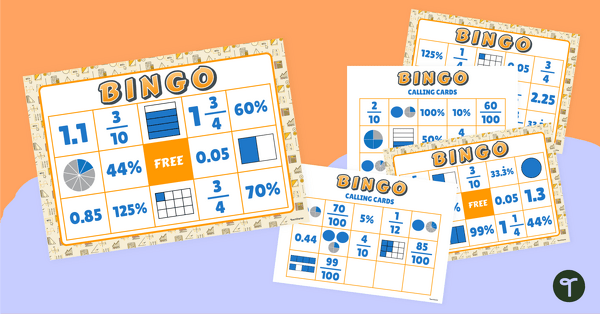
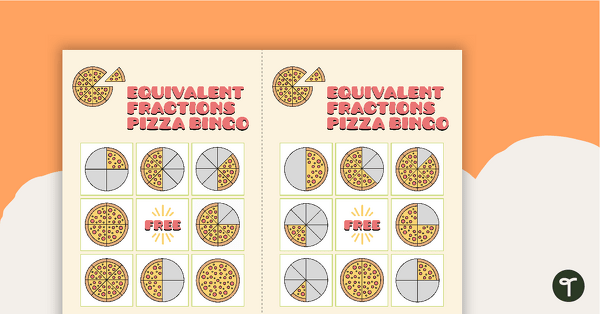
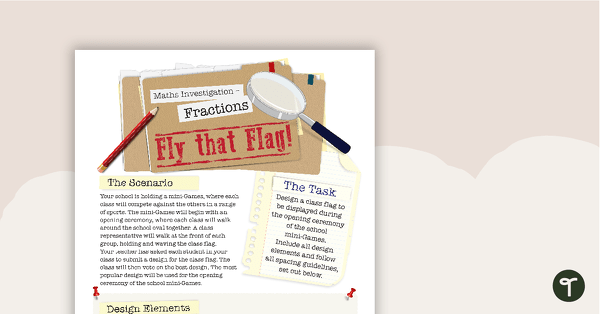
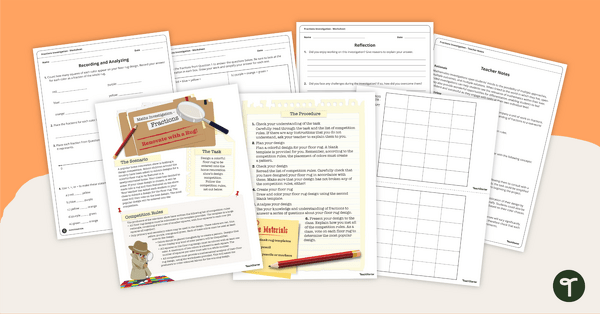
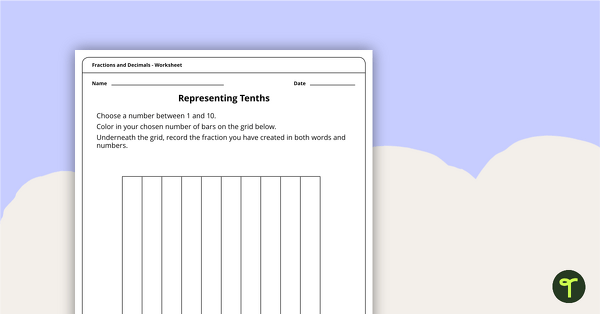
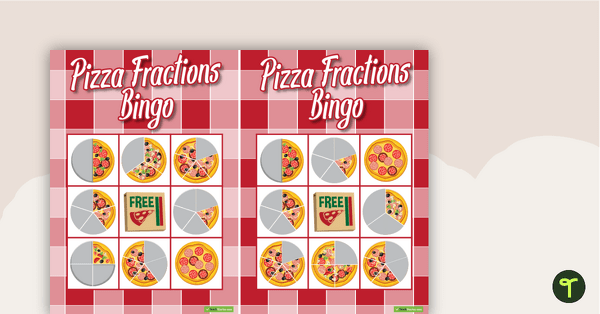
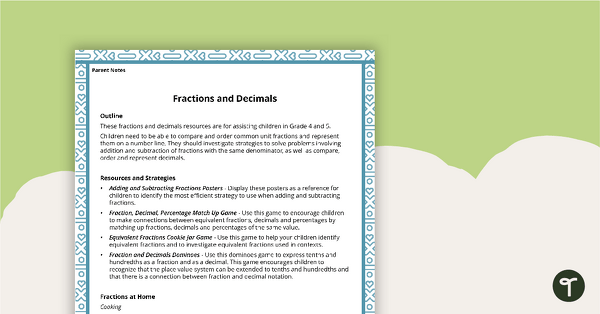
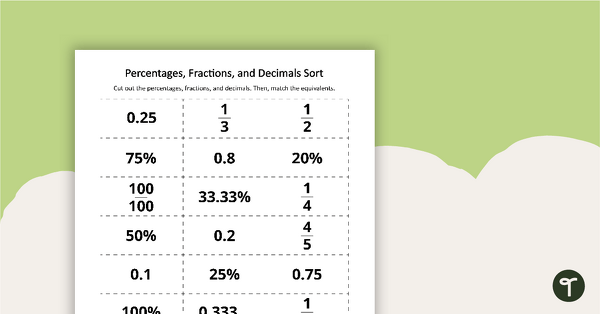
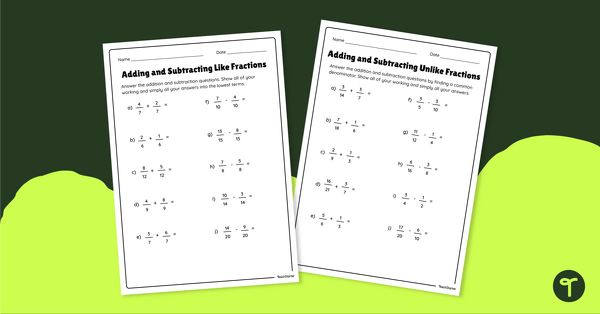
0 Comments
Write a review to help other teachers and parents like yourself. If you'd like to request a change to this resource, or report an error, select the corresponding tab above.